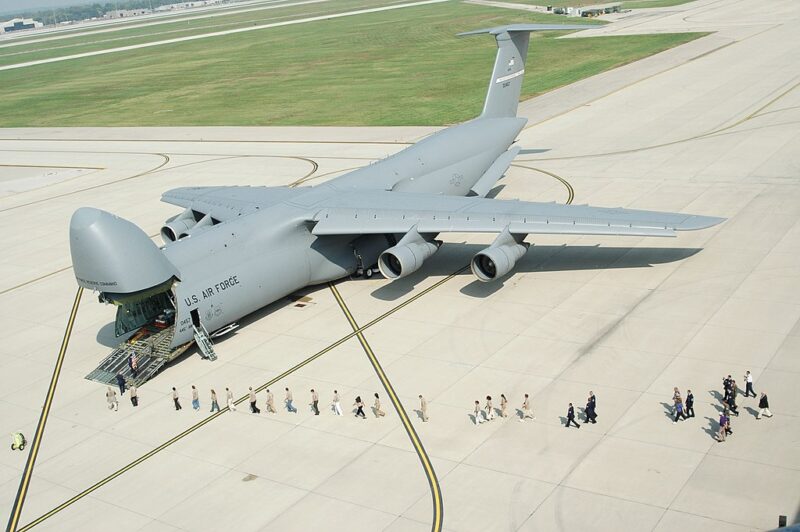US Air Force Plans Single Next-Generation Airlifter to Replace C-17 and C-5 by Mid-2040s

(U.S. Air Force photo by Tech. Sgt. Charlie Miller)
The U.S. Air Force is preparing for one of the most ambitious airlift modernization programs in its history: developing a single, next-generation aircraft to replace both the C-17A Globemaster III and the C-5M Galaxy beginning in the mid-2040s. Senior leaders have signaled that the service will pursue one platform—rather than separate successors—to handle its heavy, long-range transport missions.
Speaking at recent industry events, Air Mobility Command (AMC) chief Gen. John D. Lamontagne described the concept as a “two-for-one” approach. “We won’t get a C-5 replacement and a C-17 replacement. There’ll be one airplane that does strategic airlift,” he said. The notional program, referred to as the Next Generation Airlift (NGAL), is still in the early stages of requirement formulation but is already emphasizing three themes: greater speed, operational flexibility, and improved survivability on the ground and in the air.

Both of today’s strategic lifters are aging. The Air Force operates more than 200 C-17s with an average age of over two decades and roughly 50 C-5Ms that have already undergone modernization to extend their service lives. Although upgrades have kept the fleet viable, AMC leaders warn the service cannot wait until these aircraft age out before having a replacement ready. Lamontagne has said the Air Force wants a plan and competition underway so it can transition on its own timeline rather than in crisis mode.
Early NGAL discussions center on features that would allow the aircraft to operate in a far more contested environment than the Cold War-era C-5 and C-17 were designed for. Defensive countermeasures, hardened systems, rapid turnarounds on austere or vulnerable airfields, and better integration with advanced logistics networks are all priorities. The Air Force also wants the platform to combine the payload capacity of today’s largest transports with the ability to fly faster, farther, and with more agility—bridging the gap between strategic reach and tactical adaptability.
AMC has also been looking at complementary efforts such as a Next Generation Intra-theater Airlift (NGIA) for shorter-range missions and a smaller “NGAL-Little” concept to cover niche roles. Together, these programs reflect a broader shift in U.S. mobility planning toward distributed, survivable operations.
No designs have been selected and officials stress that everything from evolved C-17 derivatives to entirely new airframes remains on the table. A formal Analysis of Alternatives (AoA) is expected in the next several years to refine requirements. If the schedule holds, prototype development could begin in the 2030s with entry into service in the mid-2040s. In the meantime, the Air Force plans incremental upgrades to its existing fleet—including communications, defensive suites, and sustainment systems—to bridge the gap until the new airlifter arrives.
By consolidating two fleets into one next-generation platform, the Air Force hopes to cut long-term operating costs while increasing capability. But the project will also have major implications for the defense industrial base, budget priorities, and America’s global power projection for decades to come.
Related News: https://airguide.info/category/air-travel-business/defense-military/
Sources: AirGuide Business airguide.info, bing.com, flightglobal.com, airandspaceforces.com
